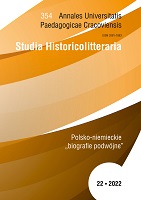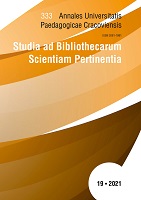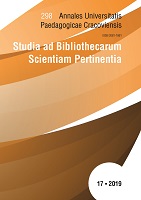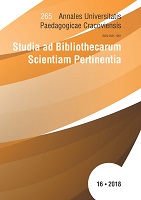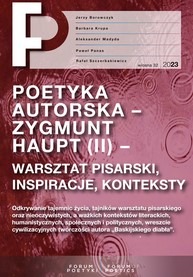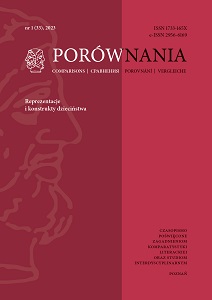Author(s): Cristina Ungureanu / Language(s): English
Issue: 1/2023
Social geography is attached to territory and emerges from social relations and links that people weave with places. A geographical reading of literary works allows us to discover and outline representational strategies for a regional space. It is in this sense that this paper proposes to focus on the representations of the Danube River that Queen Marie of Romania revealed in her writings. Marie, like many other cartographers and scholars, was attracted by the Danube region, and, in her books, the Danube had a specific place. She evoked all her wanderings from plain to mountain, from hill to sea, leading us down to the banks of the Danube (with all its canals and lakes) and to the sea. We followed the itineraries of everyday life, both social and spatial, that the queen traced according to her position in society, her cultural model and imagination. It was a means, among others, of deepening the phenomena of identity (Bratosin 2007: 79) and her works are very rich in this sense, since they give us examples of values associated with these places. At this point, important aspects related to identity will be explored. Phoenix (2010: 298) suggests that “identities are socially constructed, multiple, potentially contradictory and situationally variable”. Identities are, in this sense, processes of becoming rather than of being (Hall 2006). Specific lexical and functional items are used for this purpose, both consciously and unconsciously (Lotte Dam 2015: 31). This paper tries to illustrate how personal pronouns, possessive determiners and pronouns and different adjectives, verbs or structures contribute to the construction of attached identities, all in connection with the way the Queen described the Danube River.
More...

